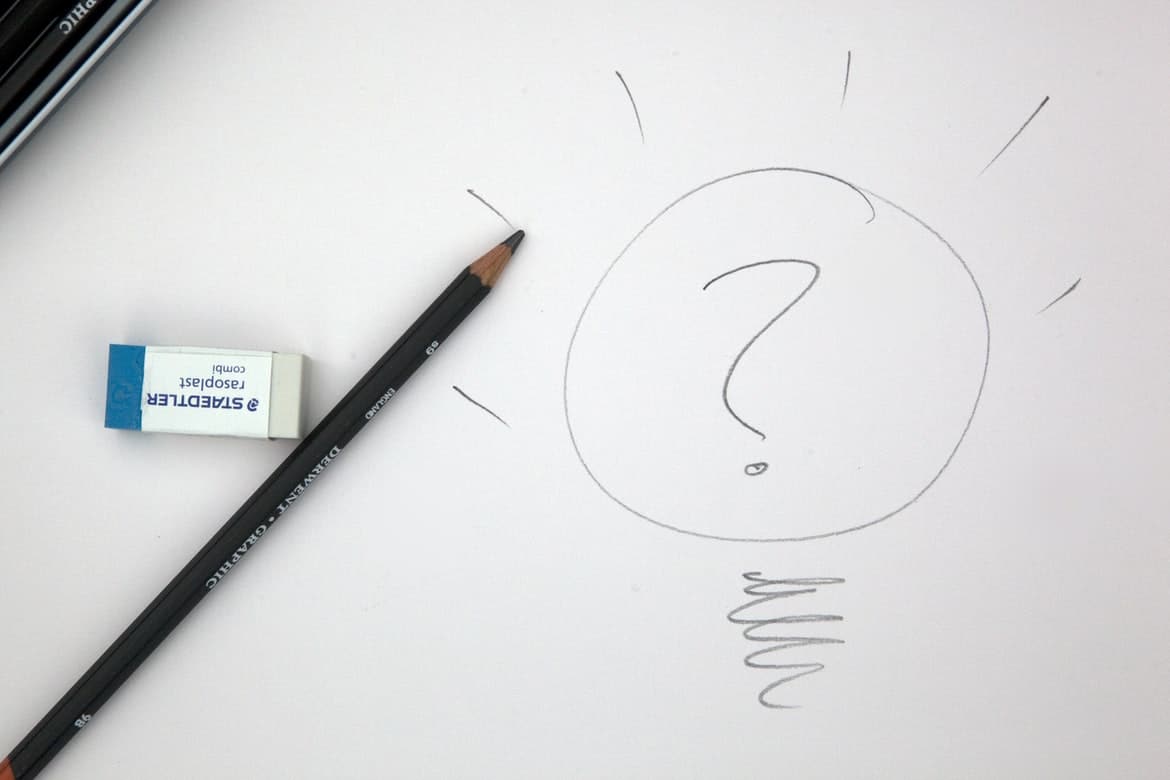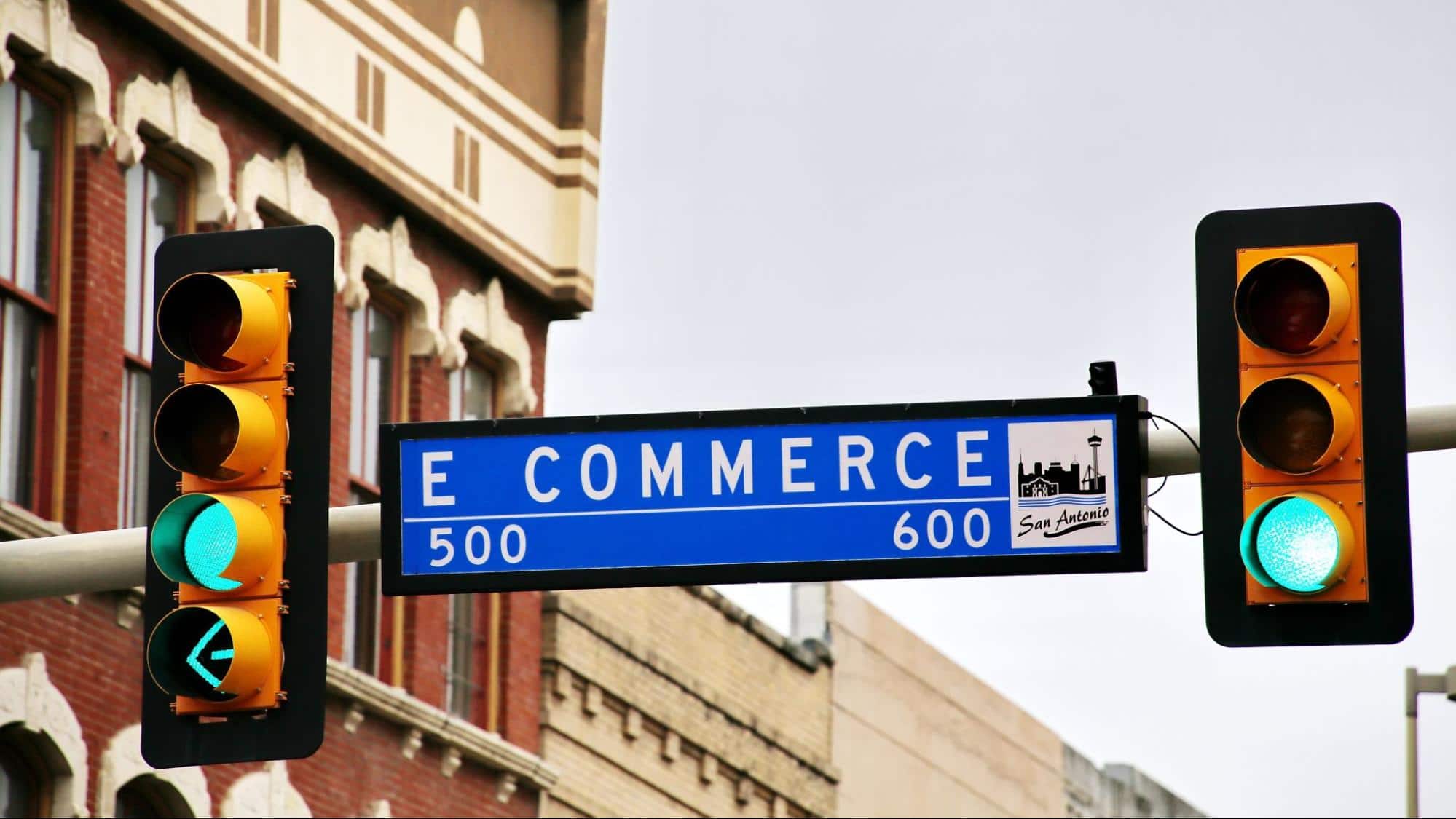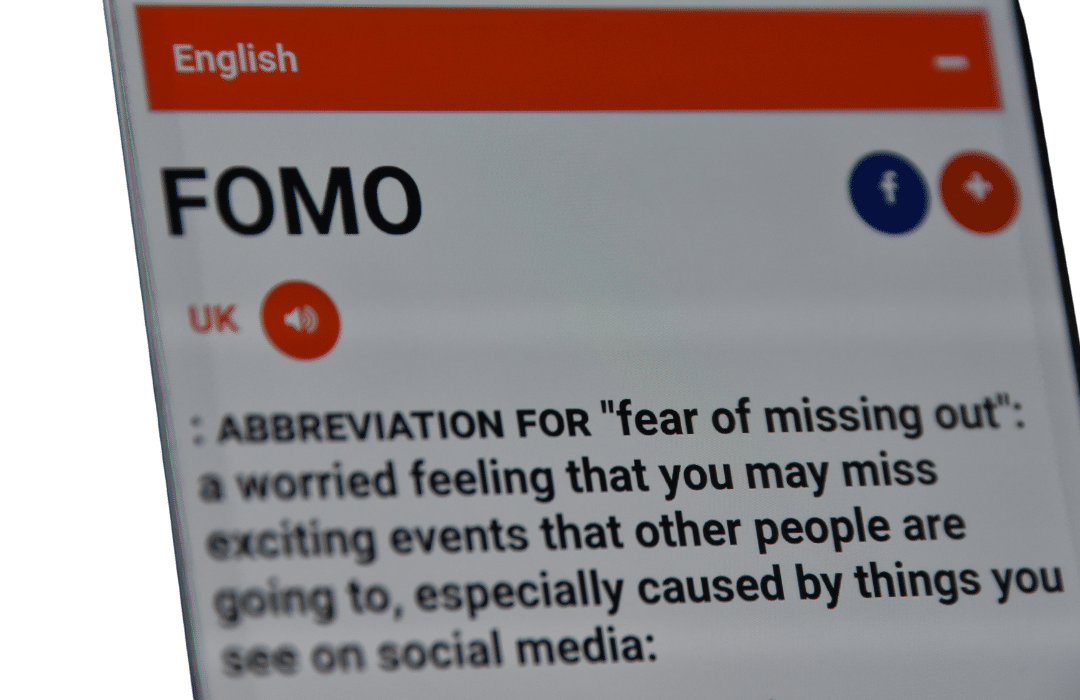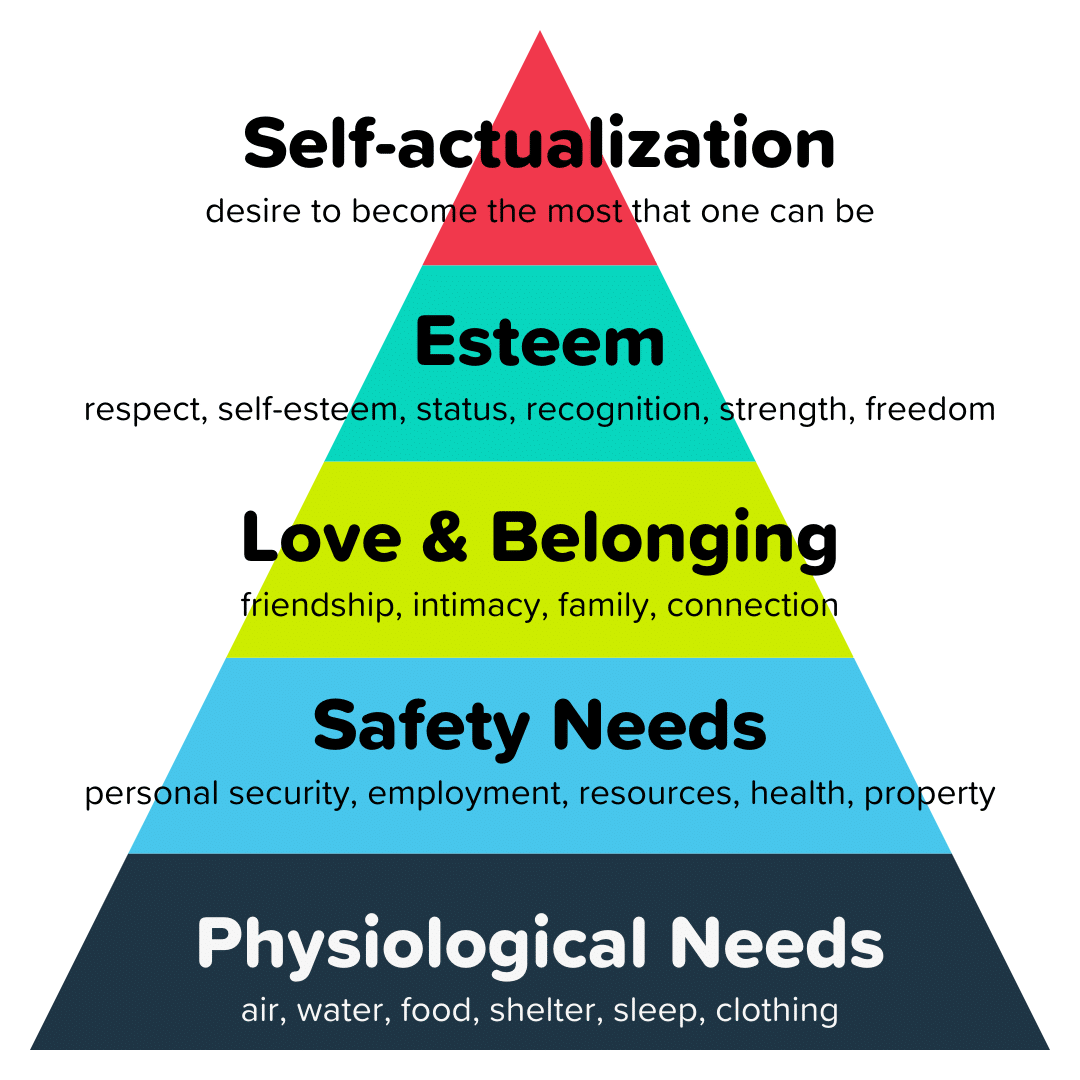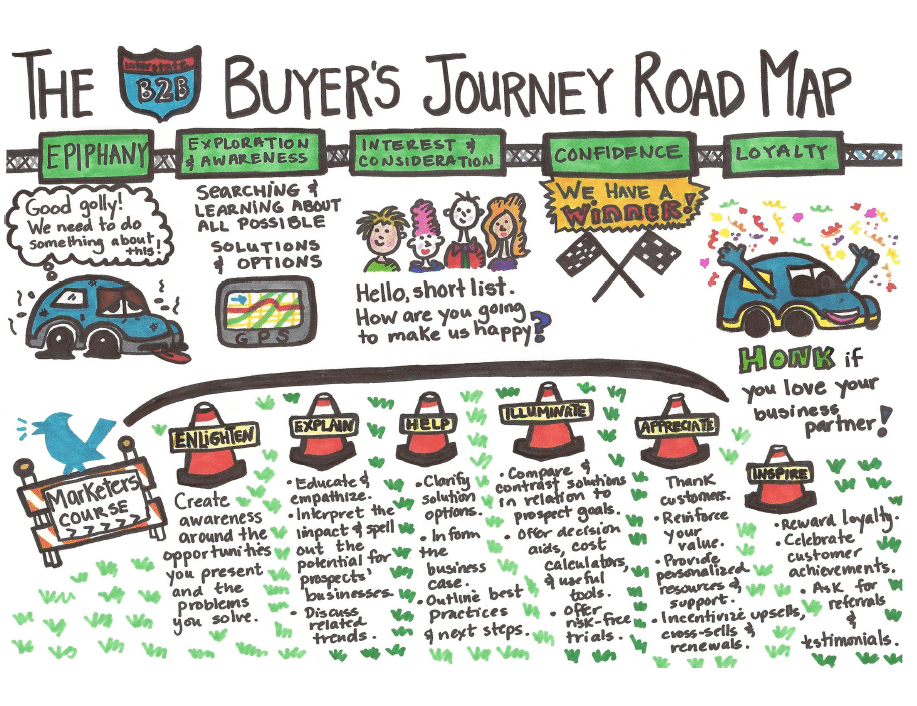Companies have never been better placed to understand consumer behavior. With the rise of eCommerce, marketers today can use a wealth of data to find out what motivates buyers in ways that would make their analog forebears blush.
What Customers Want
The key to optimizing the consumer decision-making process is understanding buyer behavior at each touchpoint in the journey. Fortunately, modern behavioral science has given us a steady stream of insights into the factors that drive behavior change.
Companies can deploy this knowledge to influence consumer motivation, boost sales, increase the average order value, and supercharge success.
Predictably Irrational
Behavioral science tells us that understanding consumer behavior means understanding the set of beliefs they hold about the world. In contrast to outdated models, which view people as economically hyper-rational actors, these newer paradigms show us how they’re motivated by deep-seated psychological beliefs, heuristics, and cognitive biases.
Unpacking Consumer Behavior
Robert Cialdini, the guru of the psychology of influence, pinpoints the pivotal moment in persuading others as the moment before delivering a message. This is when the seller can nurture a state of mind in the recipient amenable to their forthcoming content.
It’s about using tactics of influence to gain agreement with your message and using the latest research to attune customers to that message before they receive it.
Consumer behavior is thus concerned with understanding the dynamic interaction of affect and cognition, and behavioral and environmental factors, that influence economic consumption in general.
Setting the Stage
Before guiding your customer to the all-important conversion stage, knowing where they are in the buyer journey can yield insights into the factors that influence their decision to buy from your online store.
Let’s consider these stages and how they affect buyer motivation.
Awareness
The stage in which the customer first becomes aware of your product or service as the solution to a problem, want, or need they have.
Consideration
Aware of their motivation, buyers at this stage gather information and consider their options. This is your cue to provide helpful education resources such as product specs, reviews, and other information the customer requires.
Purchase
The customer completes the journey and commits to buying your product.
Post-purchase
Customers reflect on how they feel about their purchase and engage in post-purchase evaluation. They compare their experience with their initial expectations. This is where you need to shift your efforts to retention.
Why We Buy
Whether it’s thoughts, feelings, or instincts, something sparks the motivation to buy a product or service, but identifying this underlying reason can be a devilish task. After all, human motivation is always incorrigibly mixed. Still, if you want to build a successful business, it’s essential to understand how your customers tick.
Ask yourself, is your carefully tailored digital customer experience strategy persuading them to act? Let’s explore some of the most salient buyer motives you need to consider.
Needs
If your customer is looking for a solution to a problem, you’re all ready to capitalize on their needs. But you’ll sell yourself short by failing to consider the possibility that they might not know what they want until you inspire them.
While some buyers possess a comprehensive understanding of everything they require, others may need nudging in the direction of your product or service. So, raise awareness and walk through how your offering adds value.
Pleasure
Of course, we aren’t only after mere solutions, and a dose of luxury never goes amiss. In addition to essential purchases, people buy things they desire because it gives them pleasure. Providing high-quality products and services that genuinely stand out and make a difference helps you appeal to this discerning customer segment.
FOMO
Certainly, none of us want to be left out. That’s why buyer acceptance is a central motive to consider when conducting sales efforts. It’s the unthinking pull of exclusion that propels most fads, where specific products suddenly become all the rage and indispensable for those who feel the tug of wanting to be on the bandwagon and in on the latest retail trends.
Scare Tactics
Smart companies are not above playing on consumer fears to give their sales a shot in the arm. Fear is one of the most powerful human emotions, and marketers are remarkably adept at pulling this particular lever. That said, consumer anxieties can serve positive ends in advertising, like highlighting our need for belonging and social interaction.
Health Anxiety
Customers are naturally keen to invest in their health (toothpaste, anyone?). So, products that inspire salubrious hope are liable to get a hearing from consumers. Remember to communicate the benefits clearly and include compelling evidence that offers proof and demonstrates how your product or service benefits consumer wellbeing.
Financial Gain
In B2B sales especially, a primary customer motive is spending money to make money. That is, purchasing your product or service to deliver real results for their business, be it boosting sales or reducing overheads through digital acceleration. Companies that can showcase their authority in the industry will have a competitive edge.
Impulse Buying
Daniel Kahneman showed how our brain operates on two systems, fast and slow. System 1 is defined by the kind of decision-making that leads to impulse buying: unconscious, automatic, effortless. Given this makes up 98 percent of our thinking, it’s no surprise buyers are inclined to make many of their purchases without much thought. Hence promotional pricing tactics. Even the most fastidious succumb.
Self-improvement
Increasingly, consumers are all about that self-improvement life, and aspirational buyers aren’t shy about spending money to get there. They purchase gym memberships and subscriptions to online courses out of sincere ambition. To motivate these buyers, paint their hypothetical future of radical transformation once they’ve seen out the journey.
Segmenting, Signals, and Actionable Motives
Now we’re aware of what motivates consumers, let’s turn to how you can use these insights in your business.
Traffic
Start by using your engagement metrics to uncover your best-performing channels. Which brings you the largest volume and the highest number of completed purchases? By identifying those with the highest conversion rate, you can refocus your marketing efforts to suit.
Analytics
Think about using web analytics to determine segments to understand your customer base better. Look into the social characteristics of your intended customer, such as age, gender, and location.
Perhaps you’re appealing to those looking for a relatively utilitarian product that gets the job done. Or maybe you’re selling to status and prestige-driven customers with a hankering for top-of-the-range specifications and luxury. Gear the tone and messaging of your campaigns to make sure your demographic can relate.
Inside Track
Use sales tracking software to unlock how your visitors are engaging with your product pages. This data can help you evaluate the performance of your products and identify visitor browsing behavior that provides insights on crucial metrics and conversion rates. Here’s to an appreciably more detailed understanding of consumer motivations.
Defining Success
What’s your idea of a satisfied customer? For example, is your overriding motivation to have a customer leave a barnstorming product review online that might grow your business? Sounds obvious, but pay attention to what you prize and make adjustments to achieve your goals.
Customer Interests
Identifying behavioral patterns and common interests among swathes of your consumers is invaluable information. Use it in your efforts to attract and maintain their interest during the buyer journey.
Trends
It may seem like common sense, but don’t overlook the free insights that land in the lap of your service reps as they serve customers. Mine these conversations for information on what your customers want. You might discover long-term trends early and get in on the action ahead of the pack. Analytics can also tell you if that sales techniques training is paying dividends.
Discounts and Coupons
Spot openings for incentives that improve conversion rates, and capitalize by introducing much-sought-after guarantees, discounts, or refunds.
Site Insights
One stylistic consideration is site design. Consider three factors that drive consumer engagement:
User Interface
The user interface (UI) concerns the look and feel of your site. Adam Alter documented the surprising ways color affects our behavior in his book Drunk Tank Pink. After it was found to calm the unruly inebriated, prison-holding cells were painted in this titular color. Designers have been using similar psychological cues and sensory knowledge to tweak behavior for years. Prime your user interface to drive customer behavior however you want to.
User Experience
The UX deals with the navigation of your site. Your insights about customer motivation should underpin the choices you make about how to design your user experience. As an example, take your user experience to the next level by tapping into the possibilities of augmented reality.
Content Matters
Having a good range of content resources not only helps with SEO but enriches the consumer journey by allowing them to learn more about your products or industry and perhaps resolve any queries. Just be careful to ensure all your content caters to your consumer motivations and aligns with your brand.
New Light
If reaching the right person with the right product at the right time is the ultimate destination, understanding buyer motivation sheds new light on how people make decisions. Act on these behavioral insights today to get there.

